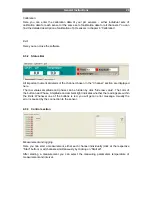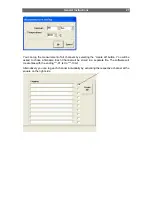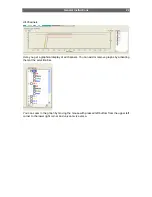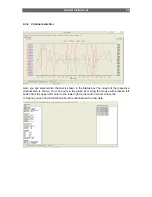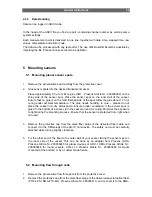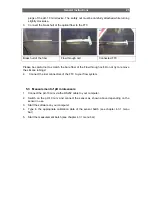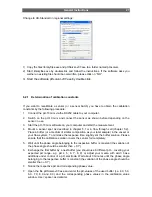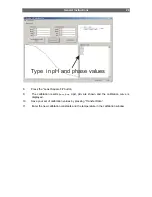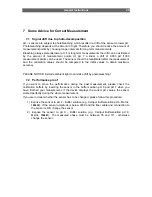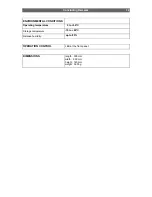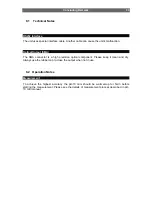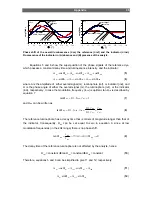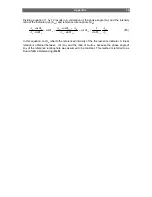
Appendix
34
10 Appendix
10.1 Dual Lifetime Referenced (DLR) Optical Sensors
The measurement of intensity is simple in terms of instrumentation but its accuracy is often
compromised by adverse effects such as drifts of the opto-electronic system and variations in
the optical properties of the sample including fluorophore concentration, turbidity, coloration
and refractive index. Therefore, efficient referencing methods are required for quantification
of intensity signals. Among those, ratiometry, i.e., the measurement of the fluorescence
intensity at two or more wavelengths of a single indicator fluorophore or an indicator
fluorophore plus an inert fluorescence standard, is common to reference fluorescence
intensity. However, this method requires two separate optical channels thus complicating the
optical setup. For example, the drift in the sensitivity of both channels can be different, as
can be the intensities at two excitation wavelengths. Light scatter and signal loss caused by
fiber bending (e.g. in fiber optic sensors or certain sensortiterplate readers) further contribute
to effects not compensated by two-wavelength referencing.
Alternatively, the measurement of the fluorescence decay time, an intrinsically
referenced parameter, is hardly affected by fluctuations of the overall fluorescence intensity.
The decay time of most pH-sensitive indicator dyes, however, is in the nanosecond time
scale requiring a sophisticated and expensive instrumentation which limits the use in sensor
application.
PreSens uses new and general logic to reference fluorescence intensity signals by
decay time measurement. In contrast to the most common ratiometric method, where
luminescence excitation or emission is measured at two wavelengths, this scheme uses a
couple of luminophores with different decay times and similar excitation spectra. An analyte-
insensitive µs-lifetime luminophore is combined with an analyte-sensitive ns-lifetime
fluorophore, and a method is presented how to convert fluorescence intensity into a phase
shift. Preferably, the reference dyes display decay times in the second or millisecond time
domain to simplify the opto-electronic system.
The phase-modulation (frequency-domain) method is a well-established technique for the
measurement of luminescence decay times. The phase angle
Φ
measured at a single
modulation frequency (f
mod
) reflects the luminescence decay time (
τ
) provided that the decay
is single-exponential (equation 4):
mod
f
2
tan
π
Φ
=
τ
(
4
)
In this scheme, two luminophores are used. The first, referred to as the indicator, has a short
decay time (
τ
ind
), the second acting as the reference standard has a decay time in the µs
range (
τ
ref
). Ideally, the two luminophores have overlapping excitation and emission spectra
so that they can be excited at the same wavelength and their fluorescence can be detected
using the same emission window and photodetector. The phase shift
Φ
m
of the overall
luminescence obtained at a single frequency depends on the ratio of intensities of the
reference luminophore and the indicator dye.
Φ
m
can be represented as the superposition of
the single sine wave signals of the indicator and the reference luminophore
The reference luminophore gives a constant background signal (ref) while the fluorescence
signal of the indicator (ind) depends on the analyte concentration. The average phase shift
Φ
m
directly reflects the intensity of the indicator dye and, consequently, the analyte
concentration. The modulation frequency is adjusted to the decay time of the reference dye.

